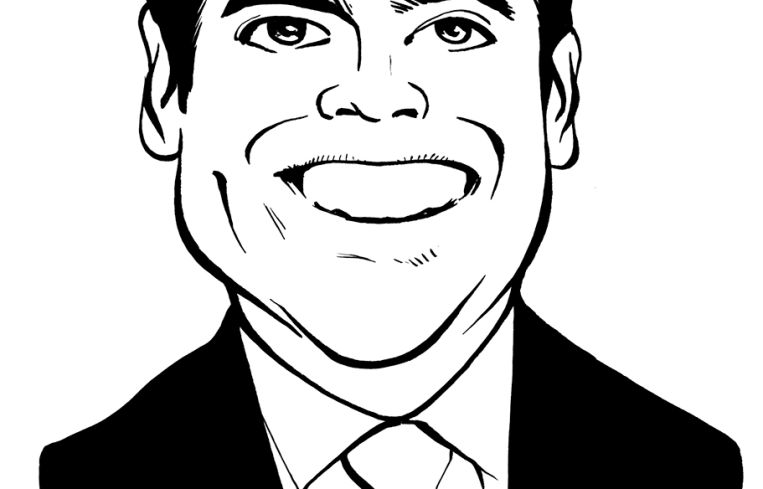Five Construction Trends to Watch in the New Year
By Bill Gilbane III January 17, 2018 8:00 am
reprints
For New York City to continue to thrive as one of the most dynamic urban centers in the world, it needs a healthy, vibrant construction industry to help it continue to grow. This past year was filled with many milestones and achievements—it is a great time to be involved in the industry as there are both many exciting ideas and innovative projects underway. As we enter 2018, there are several trends that New Yorkers interested in the future of the industry should monitor.
Safety as a Key Focus
Construction safety is always the highest priority for Gilbane and for our peers, and we are confident that this will continue into 2018. Recent months have featured significant debate on the way to make our sites as safe as they possibly can be, and 2018 figures to be a year of action on that front.
Training is critical for safety, and unfortunately many small firms don’t have the resources to provide the necessary training, but there is a solution: a partnership between the city government, private companies like Gilbane and institutions of higher ed.
Many companies have vigorous and nationally recognized programs and would be willing to work with the city to create a training program that helps makes workers, no matter who they work for, as safe as possible.
Construction Will Keep Booming
The past two years have seen record amount of spending on construction projects in New York City, and 2018 looks to build on those records: The annual report by the New York Building Congress estimates that 2018 spending will reach $52.5 billion. If the industry meets that expectation, it will mark the third consecutive record-setting year for spending—a sign of both great change and exciting projects in the works.
That spending will be accompanied by over 150,000 jobs next year, which is just another year of gains in that category.
Everywhere you look, you can see the results of that spending—cranes, scaffolds and hardhats are everywhere. That will continue in 2018 and likely far beyond.
Growth Into New Markets
Last year, we saw the rezoning of several key districts in New York City, but none more important than the rezoning of East Midtown. Years in the making, that achievement means that the improvement of existing buildings can begin.
Projections say that 6.5 million square feet of new office space will be constructed in the next 20 years as a result of the rezoning, and that will begin next year—though the process will be slowed by the fact that vacant buildings sites are few and far between in that area.
As the City Council continues to debate and weigh future rezonings, it becomes all the more likely that our industry can expand into new markets and bring with them the quality-of-life improvements and innovative residential and commercial spaces that all New Yorkers deserve to enjoy.
Development of Strategies to Solve Labor Challenges
All of this growth and expansion, though, does come with challenges: Often there are more jobs open than there are skilled laborers to fill them.
A 2017 study, for instance, found that 73 percent of American construction firms plan to hire more workers, and 75 percent expect it to remain hard or become harder to find the right person for each job.
At Gilbane, we have overcome these challenges by implementing rigorous training for all workers we hire to ensure that all of our employees are trained and capable for their roles and make our safety and company policies clear and accessible at all times.
In 2018, we expect other companies to emulate these strategies and for even more workers to enjoy the opportunities that life in construction offers.
Continued Innovation
Finally, we can expect continued innovation across all facets of the industry. One of the more obvious areas for innovation, obviously, is in the actual technology used to complete projects as efficiently and quickly as possible. Gilbane’s work on Fulton Street, where we have had to use an internal climber crane as opposed to a regular external crane, is just one example out of countless sites around the city that demonstrate the remarkable ingenuity of our industry.
Innovation, though, goes beyond building equipment and technology. Another recent trend involves the growth of wearable technology that help make our worksites safer. For example, Biometrics and other sensors built into hard hats, gloves, vests and boots can help monitor heart rates, body temperatures and other vital signs—ultimately making workers safer, as foremen and site managers can be quickly alerted in the case of an emergency. In 2018, the use of this kind of technology will only continue.


